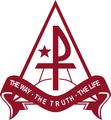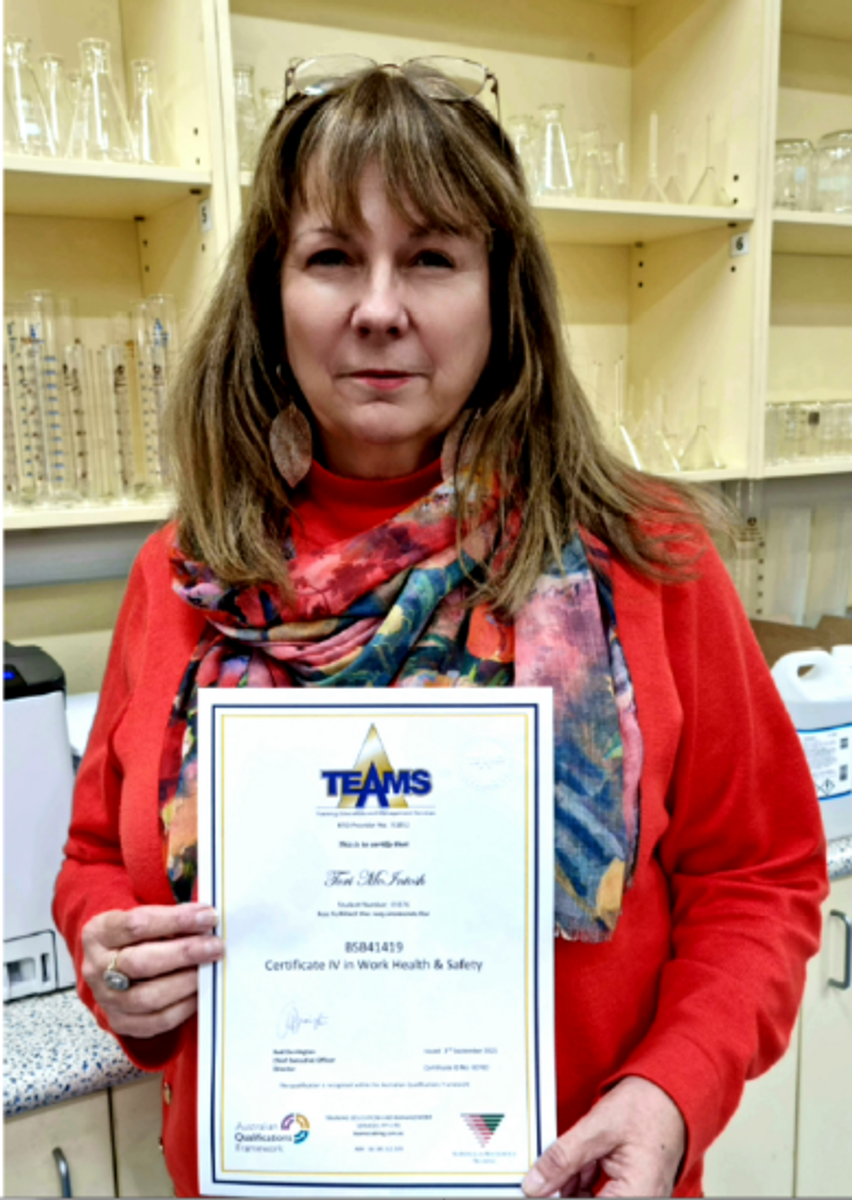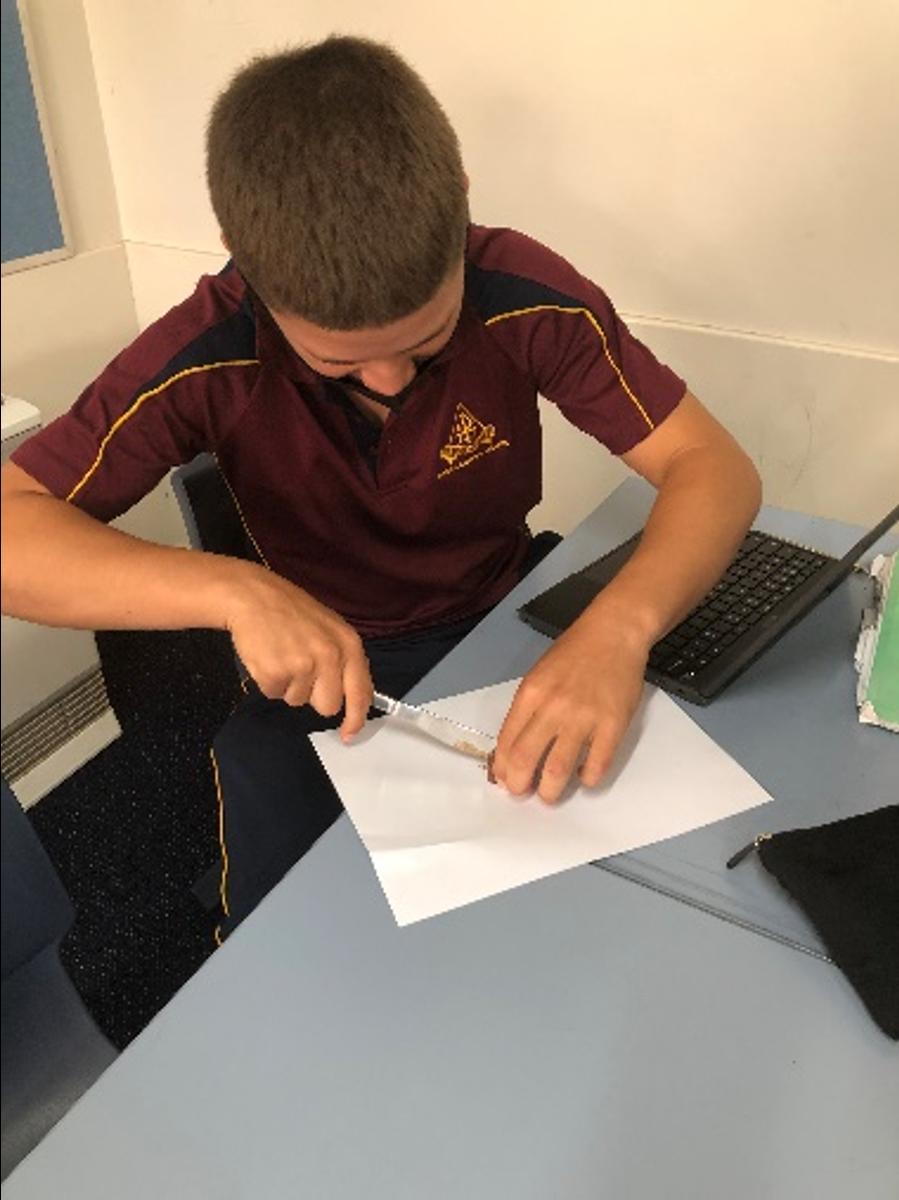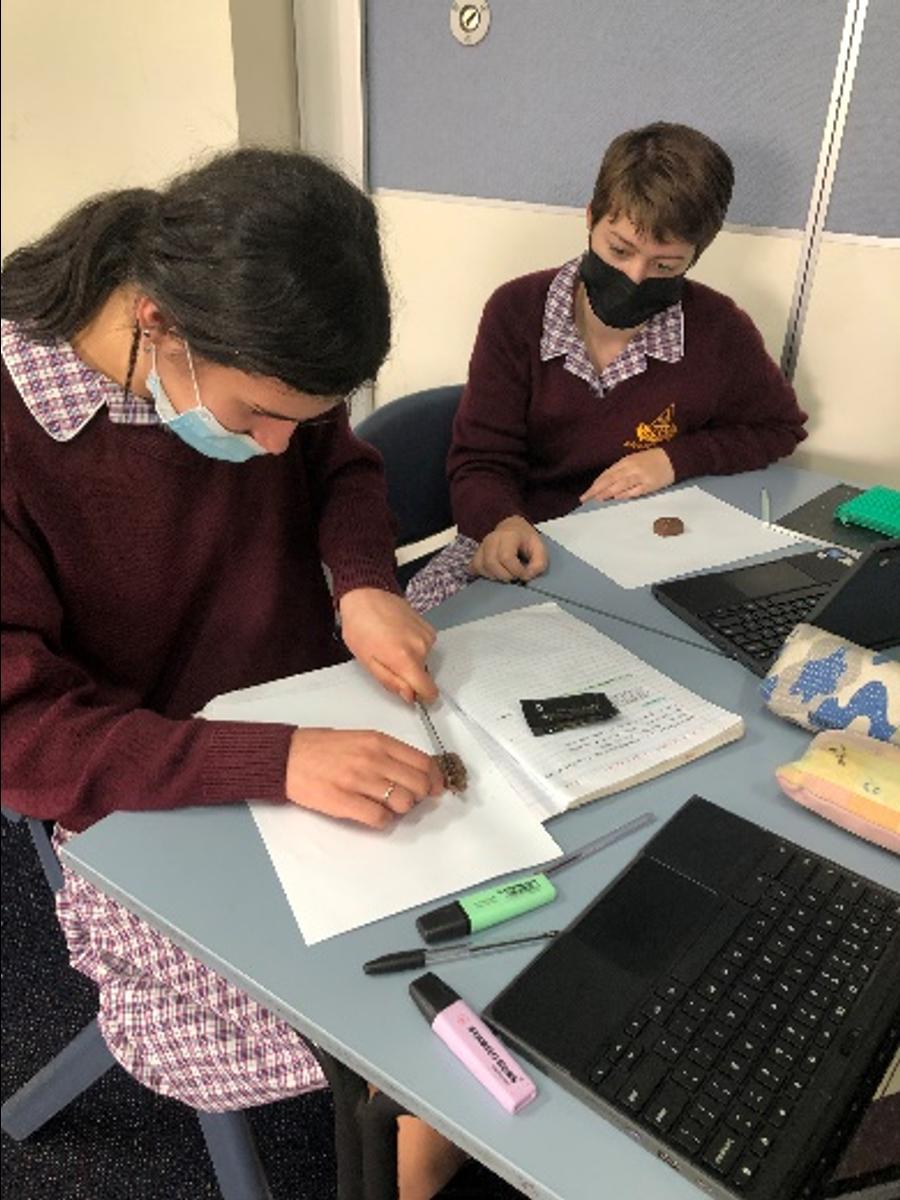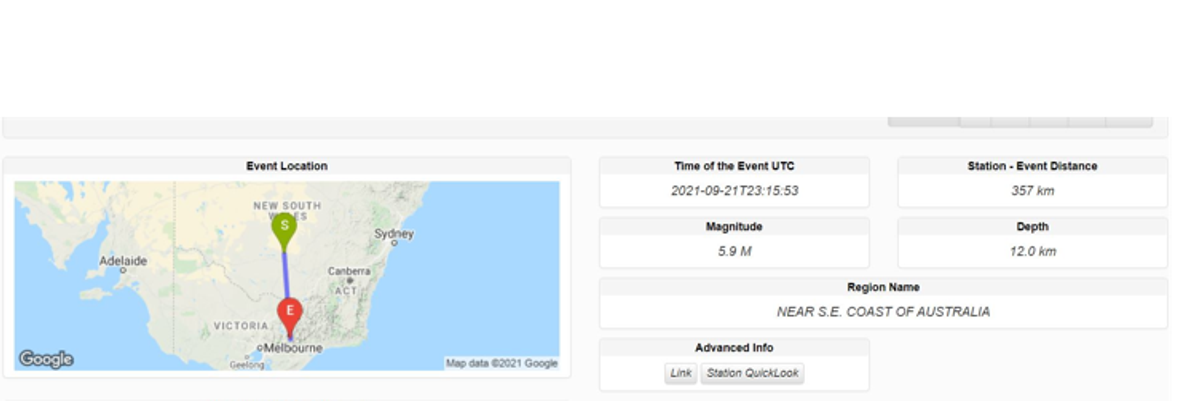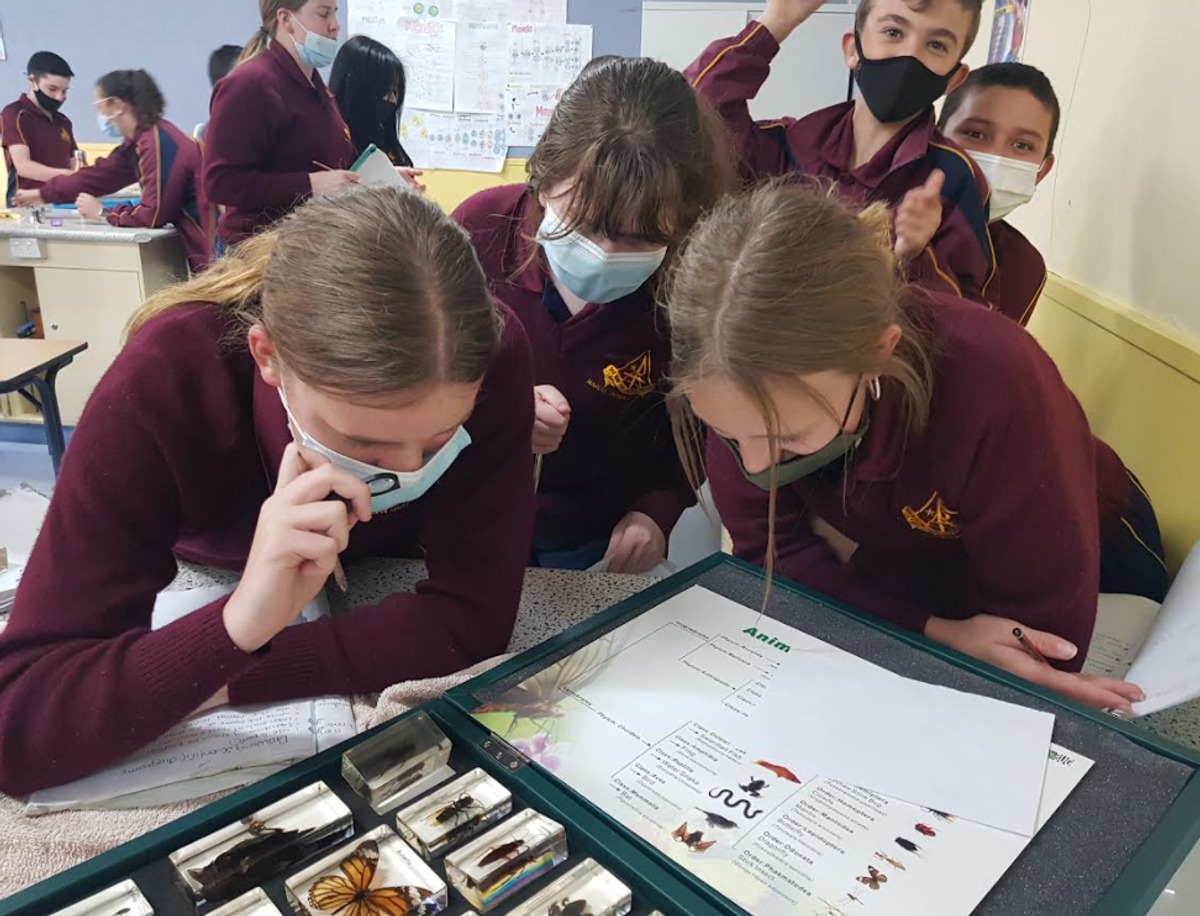Science News
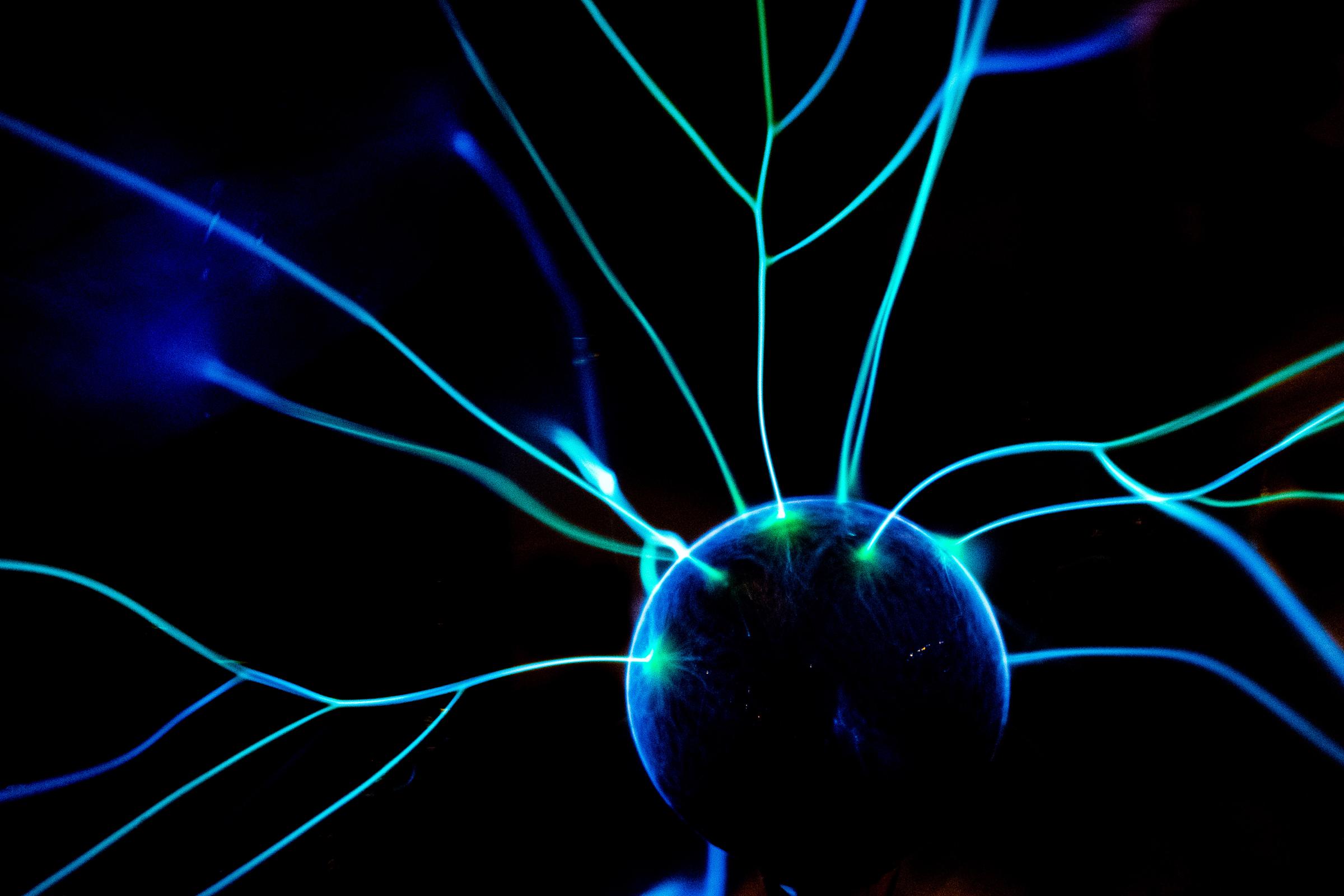
It is time to celebrate some wonderful achievements of two very special people in the science department.
Bhavya Chaudhari won the Education Perfect Science Wagga Wagga Diocese Competition during Science Week. He received a $50 voucher from Mad About Science which he can use to purchase a range of fun and interesting science things. Congratulations Bhavya and well done.
Our Lab assistant, Mrs Tori McIntosh, successfully completed the Certificate IV Work Health and Safety credential. We are very lucky to have lifelong learners as models for our students and we congratulate Tori on her success.
All the junior classes have been given notification this week of their pending final examinations that will further show evidence of their learning over the year. They have been given a study list so now is the time to dedicate some time to study. They can go through the study list ticking off as they recall and remember the concepts, vocabulary and numeracy required to communicate the science that they know and understand.
Year 9 are currently looking at The Dynamic Earth and our understanding of earthquakes, volcanoes and how our position on the Earth is constantly changing which is quite a challenge for our GPS systems. 9.1 used a Mars Bar today to model the movement of the crust on the liquid mantle.
Year 10 are looking at the quantities of motion and Ms De Paoli’s class had some eye opening experiences when they clocked a P plate driver near the school. They knew the distance travelled and the time it took for the driver to cover the distance and could easily work out the speed.
Year 10 will complete a dedicated week of Literacy and then a dedicated week of numeracy as they come to the end of term and their final time as juniors of Marian Catholic College. They also have a final examination in science and a study list to assist them as they spend time preparing to show what they know and what they understand and recall.
Year 7 have been very busy learning about all the variety of life on Earth and how scientists organise organisms by classifying them based on their characteristics. They will also look at some of the changes that have taken place over time which prompted some adaptations to the environment and prompted such a splendid and unique variety of living things that enrich our world.
Year 8 have embarked on their journey into a world smaller than microscopic. They are trying to understand particles 1000 times smaller than microscopic and even smaller still. A challenge indeed!
Hopefully, the rain has passed and the sunshine will allow everyone to have a great weekend.
Best wishes
Esther Dumbleton (Science Leader of Learning)
MCC seismometer
MCC seismometer detected the Melbourne earthquake on 21 September. Geoscience Australia said the first earthquake was detected in the Alpine National Park south-east of Mansfield and north of Rawson around 9:15 am and was 10 kilometres deep.
It also says the quake is one of the largest earthquakes in eastern Australia since European settlement.
If you felt the earthquake, you can report the movement felt on this link https://earthquakes.ga.gov.au/
You can follow earthquakes from the MCC seismometer on this link
https://www.iris.edu/app/station_monitor/#2021-09-21T23:15:53/S1-AUGRF/webicorder/S1-AUGRF|11477456
You may be prompted to type the seismometer code: AUGRF
On the link, you can see the distance from the epicentre and hear what the earthquake sounded like.
Denise De Paoli
Science Teacher
Science with Miss Jensen
Year 7 students have been studying classification this term and were fascinated to see a wide variety of interesting (and sometimes scary) specimens preserved in resin. Some specimens included a bat, turtle, leech and snake!
Miss Jensen
Science Teacher
